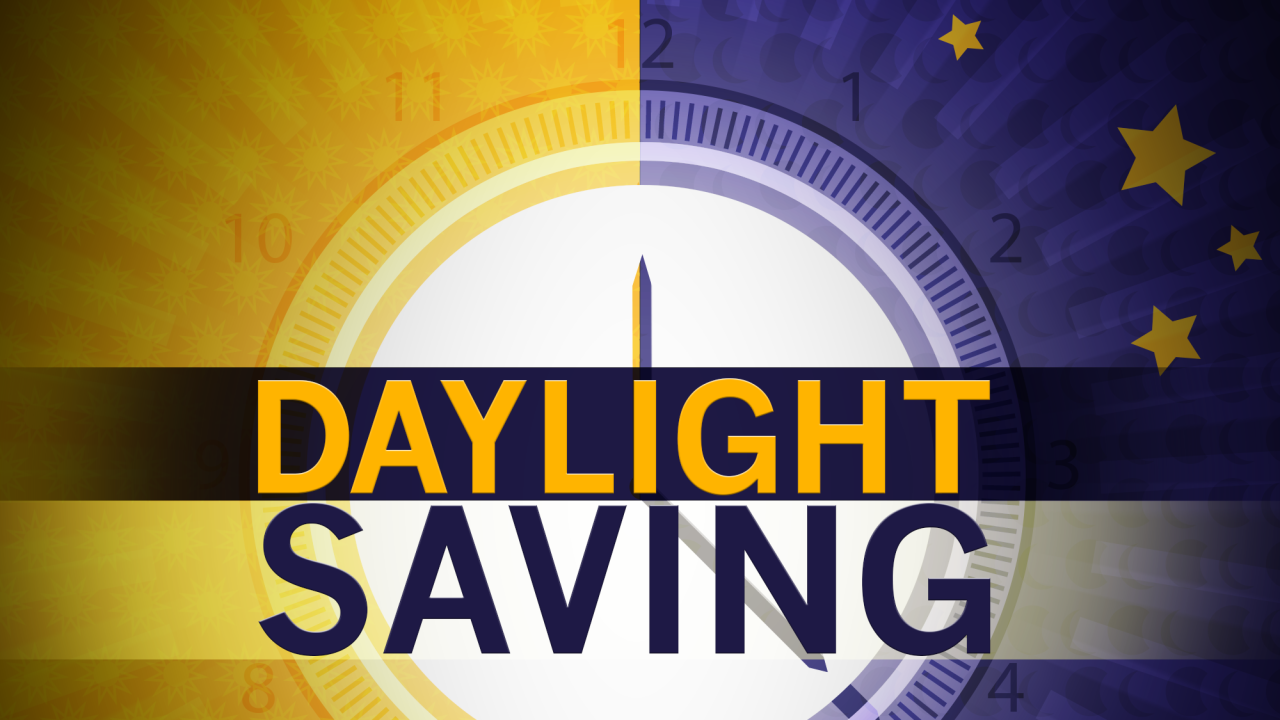History of Daylight Saving Time
Daylight Saving Time is coming once again! We change our clocks twice a year for Daylight Saving Time, but why? This has happened every year for decades now. Daylight Saving Time (DST) has been proposed for various reasons over this time. The most common reason is to save energy, by not using as much artificial light during DST. Another reason is that people are more likely to go shopping in the evenings because it will still be light out.

A New Zealand scientist, George Vernon Hudson first suggested the concept of Daylight Saving Time in 1895. His idea was to move the clocks forward 2 hours in October and reverse it in March. There was some interest in this idea although it was never followed through.
British builder, William Willet had a different approach in 1905. Willet proposed to shift the clock forward by 20 minutes on all four Sundays in April and shift them back by 20 minutes on each Sunday in October. Willet’s idea caught the attention of a man in the British Parliament. This man, Robert Pearce introduced a bill to the House of Commons in 1908. The first Daylight Saving Bill was drafted and presented to Parliament many times and was then inspected by a select committee. However there was too much opposition to the idea of Daylight Saving to make it a reality. Farmers were mostly against this idea, because they worked based on the sun, not time.
During World War I, Germany and Austria started utilizing DST to save fuel for the war rather than using it on artificial lighting. All the clocks in the German Empire were shifted forward by one hour on April 30th, 1916. Not too long after the United Kingdom and France and other countries followed suit. After the war all of these countries reverted back to Standard Time.
Although it was popularized by Germany in World War I Daylight Saving Time was actually first used in a small town in Canada. Now known as Thunder Bay, this town turned their clocks forward by one hour on July 1st, 1908. Other cities in Canada started to implement DST not long after.
In the United States DST was introduced in 1918 as “Fast Time”, this was initiated by Robert Garland, who encountered DST in the UK. Only 7 months later it was repealed, but a few cities continued to use it, such as New York, Pittsburgh, and Chicago.
Daylight Saving Time was put in place again in 1942 by President Franklin D. Roosevelt, although this time it was called “War Time”. This lasted from February 9th, 1942 - September 30th, 1945. After the war there were no rules observed by the entirety of the US, this lead to a lot of confusion, with public transportation schedules and the broadcasting industry.
Twenty-one years later the Uniform Time Act of 1966 was established. It allowed the states to opt out of Daylight Saving Time, while also providing a framework for nationwide synchronized DST schedule. Daylight Saving Time was originally set to start on the last Sunday of April and end on the last Sunday of October.
Daylight Saving Time has been extended twice since the Uniform Time Act of 1966. In 1986 the Uniform Time Act was amended to DST to begin on the first Sunday of April, the end date remained the same. It was extended for the second time in 2007 to our current schedule; the beginning date was changed to the second Sunday in March and it was to end the first Sunday in November.
For more information, check out my sources below!
DST in the United States. (n.d.). Retrieved March 02, 2021, from https://www.timeanddate.com/time/us/daylight-saving-usa.html
Klein, C. (2012, March 09). 8 things you may not know about daylight saving time. Retrieved March 02, 2021, from https://www.history.com/news/8-things-you-may-not-know-about-daylight-saving-time
Disclaimer: I do not own any of these photos. Please note that all images and copyrights belong to their original owners. No copyright infringement intended.





